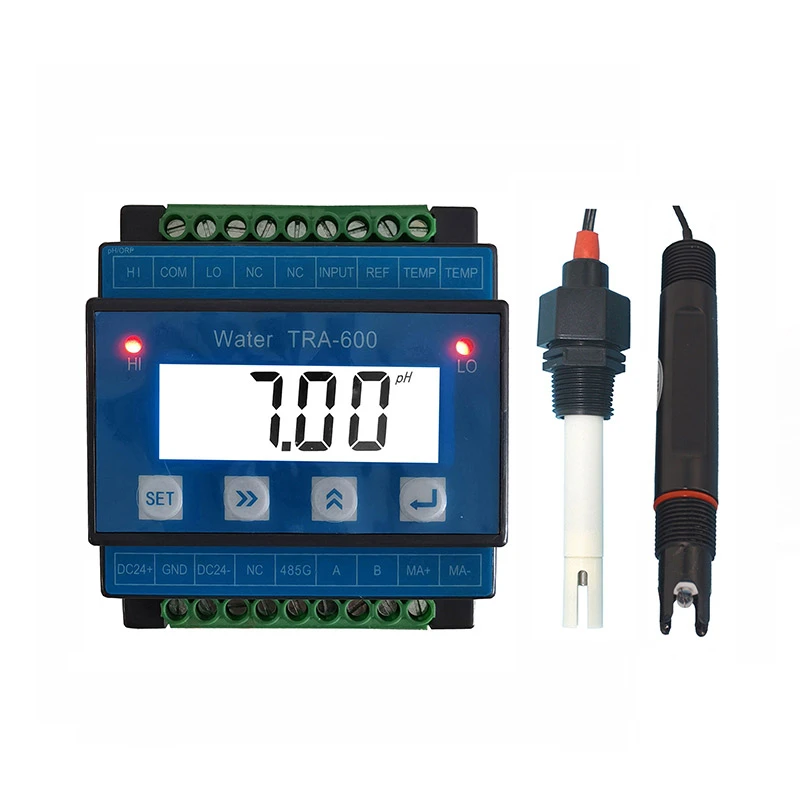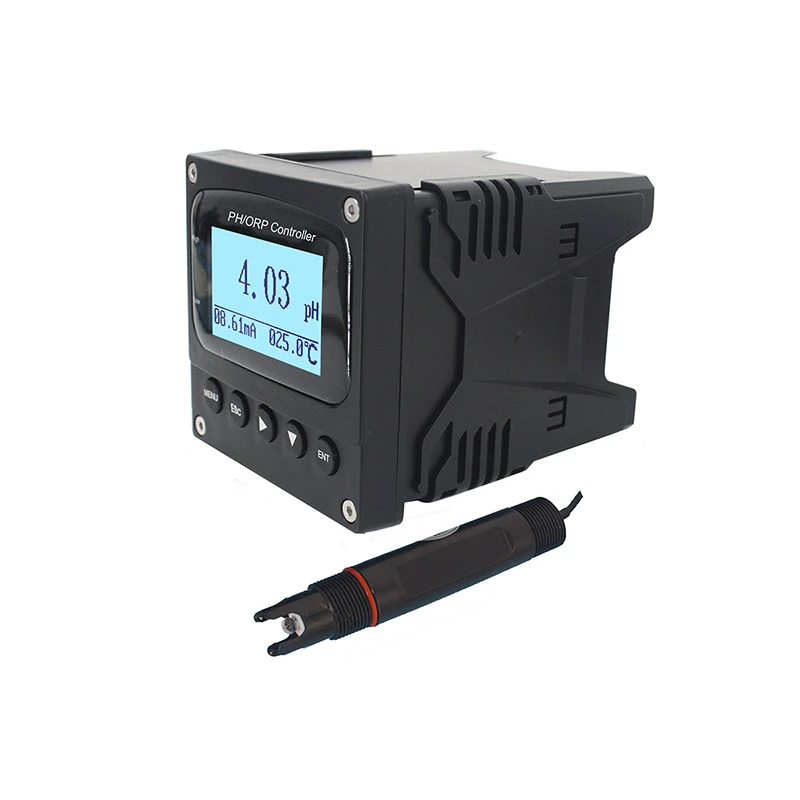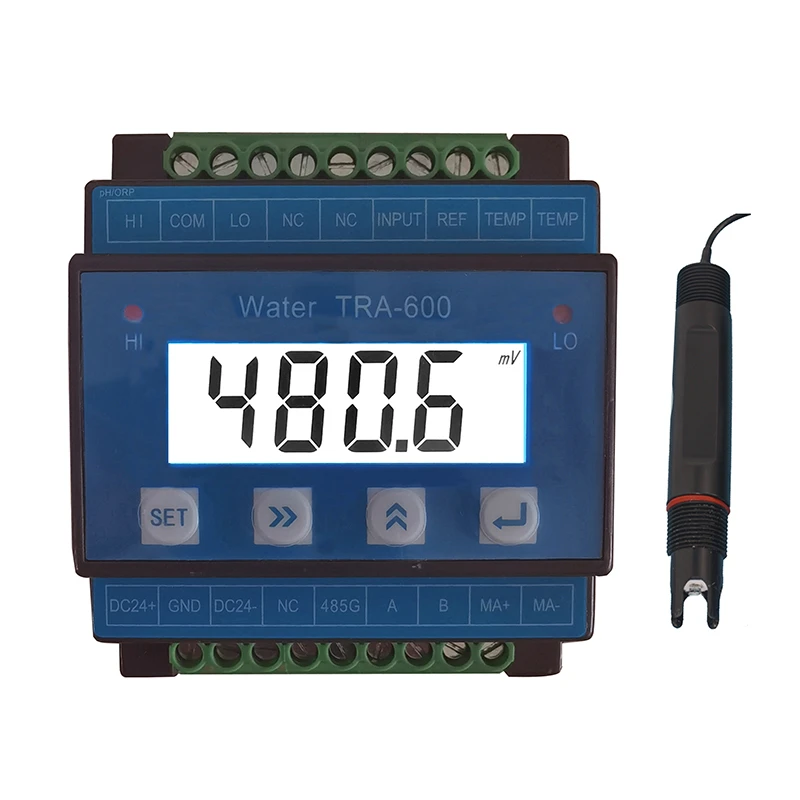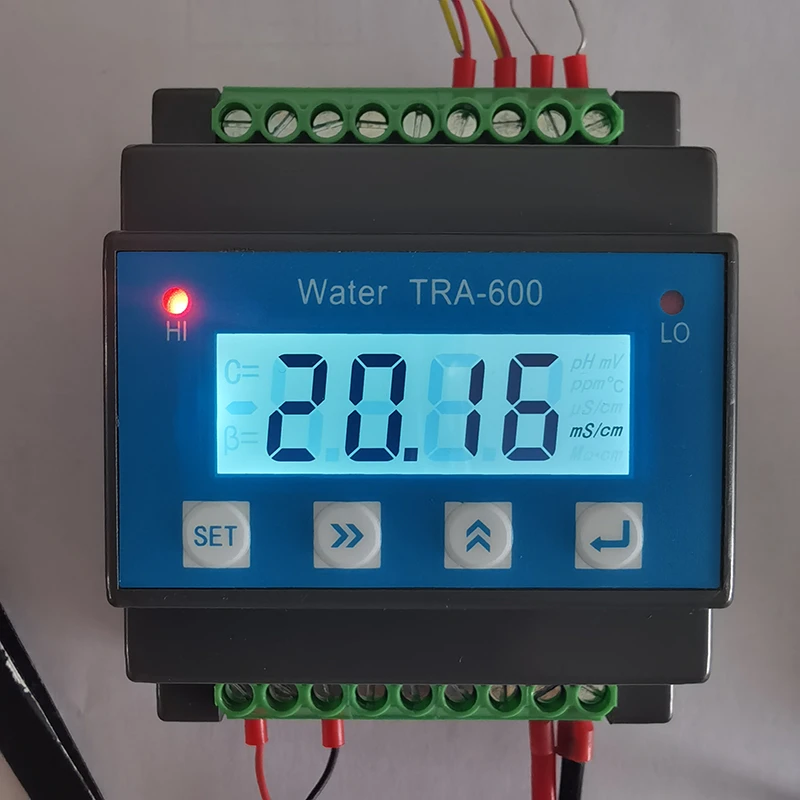


- Arabic
- Czech
- English
- French
- German
- Hindi
- Hungarian
- Indonesian
- Italian
- Japanese
- Korean
- Persian
- Polish
- Portuguese
- Romanian
- Russian
- Spanish
- Tagalog
- Thai
- Turkish

Efficient Trickle Drip Irrigation Systems Save Water & Boost Growth
Efficient Trickle Drip Irrigation Systems Save Water & Boost Growth
- Understanding the Fundamentals of Efficient Water Delivery
- Technological Advancements in Precision Irrigation
- Performance Metrics: Industry-Leading Systems Compared
- Tailoring Solutions for Diverse Agricultural Needs
- Real-World Implementation Success Stories
- Maintenance Strategies for Long-Term Reliability
- Future-Proofing Farms with Smart Trickle Drip Solutions
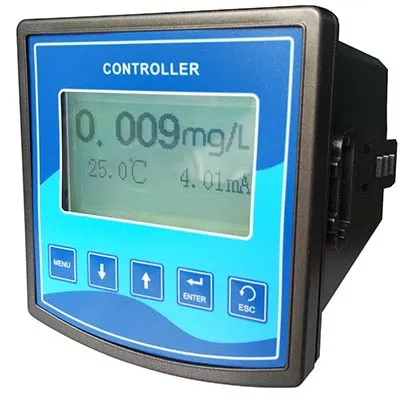
(trickle drip irrigation)
Optimizing Crop Growth Through Trickle Drip Irrigation
Modern agriculture increasingly relies on trickle irrigation systems to combat water scarcity while maintaining crop quality. Unlike traditional flood irrigation which wastes 45-60% of water through runoff, precision systems deliver 90-95% of water directly to root zones. The Food and Agriculture Organization reports farms using drip methods achieve 25-50% higher yields with 40% less water consumption.
Engineering Superiority in Water Distribution
Advanced trickle systems incorporate pressure-compensating emitters and self-flushing mechanisms that maintain consistent flow rates (1-4 gallons/hour) across elevation changes up to 15%. Modern filtration units remove particles down to 130 microns, preventing 92% of emitter clogs according to USDA research. Integration with soil moisture sensors enables automatic adjustments, maintaining optimal soil tension between 10-30 kPa.
Commercial System Performance Analysis
| Manufacturer | Emitter Accuracy | Max Acres | Water Savings | Warranty |
|---|---|---|---|---|
| RainBird XFS | ±5% | 250 | 55% | 10 years |
| Netafim Techline | ±2.5% | 500 | 62% | 15 years |
| Jain Logic | ±4% | 150 | 58% | 8 years |
Custom Configuration Strategies
Site-specific designs account for crop water requirements (0.5-1.2 inches/week), soil infiltration rates (0.5-2.5 inches/hour), and terrain slope (0-20% grade). For vineyards requiring 0.7 gal/plant/day, 0.6 GPH emitters spaced 24" apart prove most effective. Citrus groves typically utilize 2.0 GPH emitters with 36" spacing, achieving 85% distribution uniformity.
Global Implementation Case Studies
California almond farmers reduced water usage by 1.3 acre-feet/annum while increasing kernel yield by 18% through subsurface trickle installation. In India's semi-arid regions, cotton farmers achieved 23% higher crop value using automated drip systems with fertilization integration. Spanish greenhouse operators report 92% water efficiency using pressure-regulated microtubes.
Sustaining System Effectiveness
Quarterly flushing with 50 psi compressed air maintains flow rates within 8% of original specifications. Chlorine injection (1-2 ppm) controls biological growth without damaging polyethylene components. Annual pressure tests identify leaks exceeding 5% loss/hour, with most field repairs completing in under 2 labor hours.
Next-Generation Trickle Irrigation System Integration
Emerging systems combine LORA wireless controls with predictive algorithms, reducing manual adjustments by 70%. Solar-powered units now operate entire 50-acre plots without grid connection. Recent trials show IoT-enabled trickle networks can predict crop water needs with 94% accuracy 72 hours in advance, optimizing growth cycles while conserving resources.
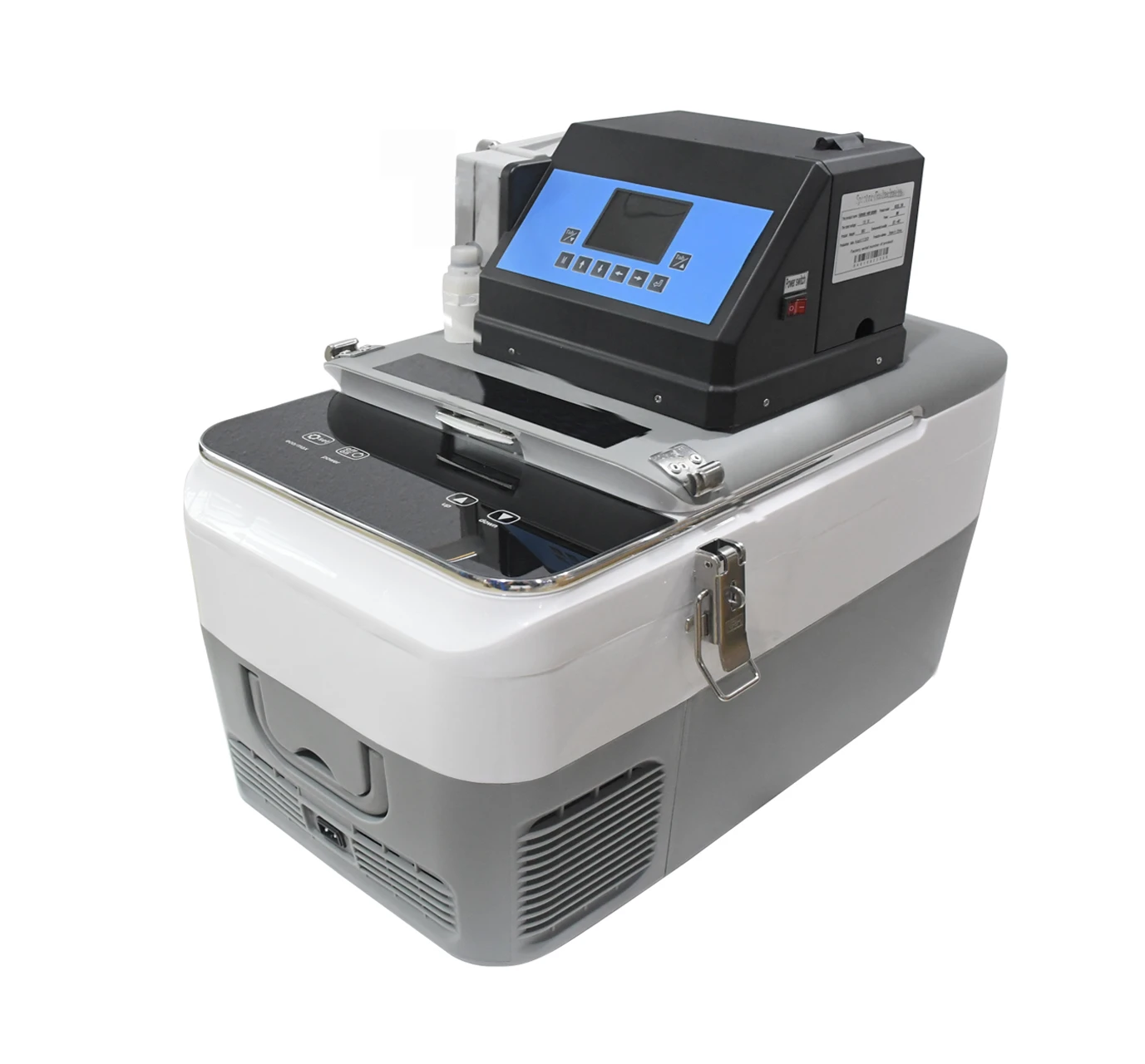
(trickle drip irrigation)
FAQS on trickle drip irrigation
Q: What is a trickle drip irrigation system?
A: A trickle drip irrigation system delivers water directly to plant roots through slow, controlled emitters. It minimizes water waste and ensures efficient nutrient absorption. This method is ideal for arid regions or water-sensitive crops.Q: What are the benefits of trickle irrigation?
A: Trickle irrigation reduces water usage by up to 60% compared to traditional methods. It prevents soil erosion and weed growth by targeting specific areas. It also supports consistent soil moisture for healthier plant growth.Q: How to install a trickle irrigation system?
A: Start by laying drip lines or tubes near plant bases, connecting them to a water source. Use pressure regulators and filters to maintain consistent flow. Test the system for leaks and adjust emitter spacing based on plant needs.Q: Can trickle drip irrigation work for large farms?
A: Yes, trickle drip irrigation scales effectively for large farms with modular designs. Automated timers and sensors can optimize water delivery across extensive areas. Proper maintenance ensures long-term efficiency even in expansive setups.Q: How does trickle irrigation differ from sprinkler systems?
A: Trickle irrigation applies water slowly at the root zone, while sprinklers spray water overhead. It uses less water and avoids evaporation losses common with sprinklers. It’s better suited for row crops, orchards, or water-scarce environments.Related Products
Related News


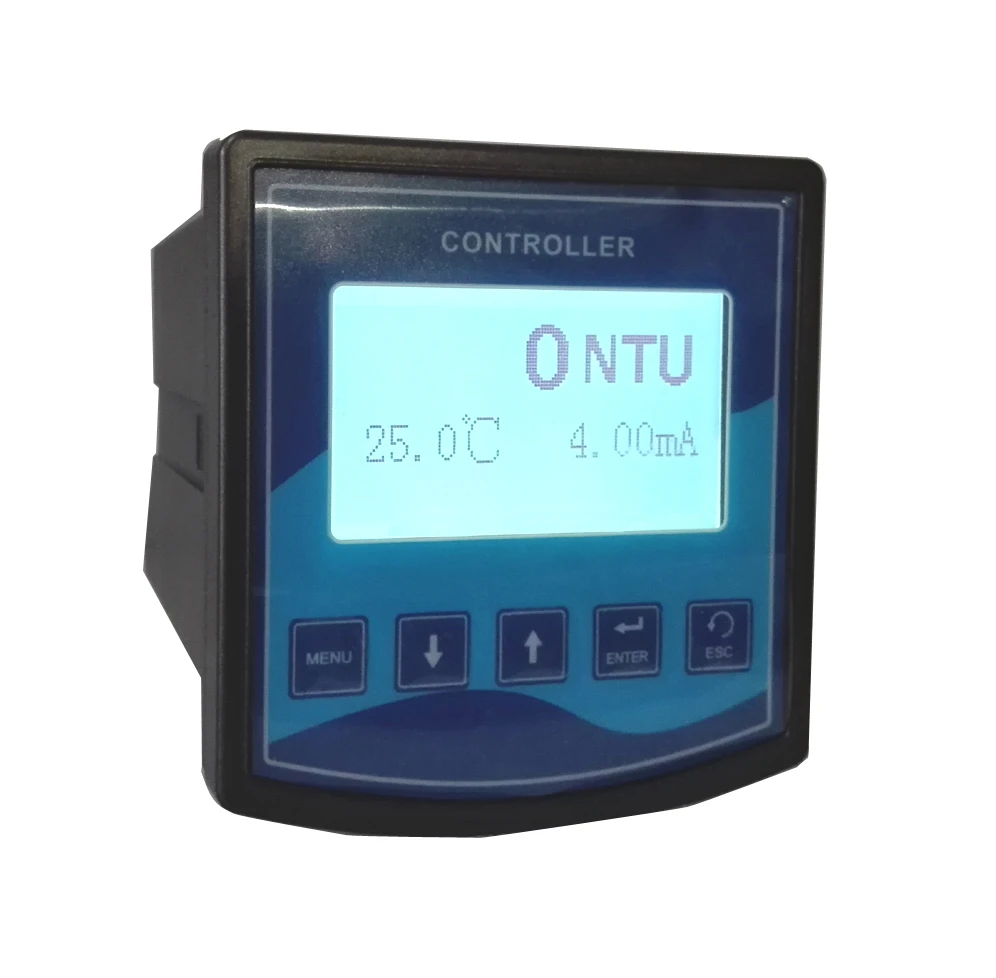
2025-05-22 16:46:14
Turbidity Test Fixtures: Advanced and Reliable Quality Assurance ToolsTurbidity, as an important indicator for measuring liquid transparency, is widely used in environmental monitoring, food and beverage production, pharmaceutical industry, and other fields.
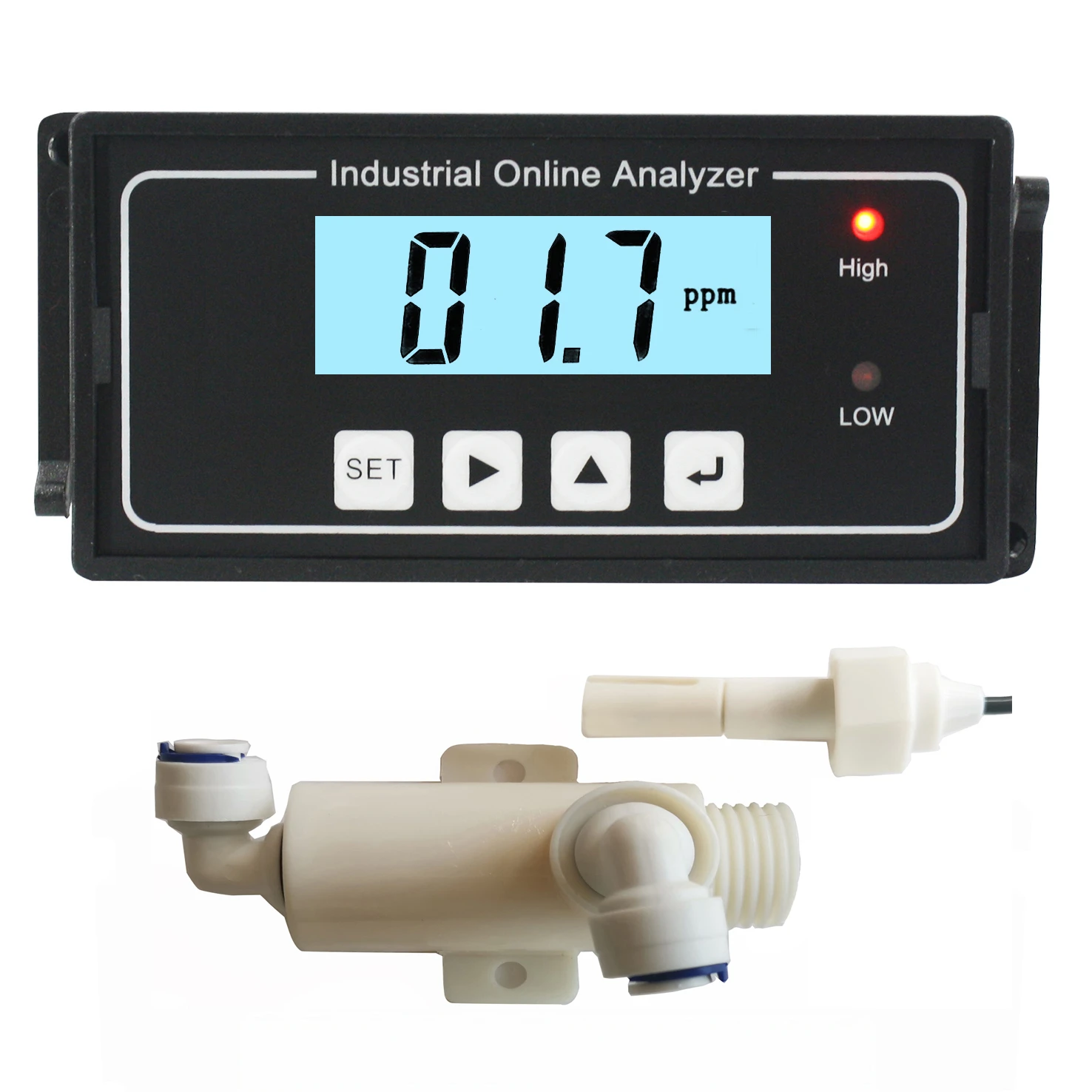
2025-05-22 16:43:21
Total Dissolved Solids: Importance in Irrigation, Industrial Processes, and ApplicationsTotal Dissolved Solids refers to the total content of various inorganic salts and organic matter dissolved in water, and is one of the important indicators for measuring water quality.
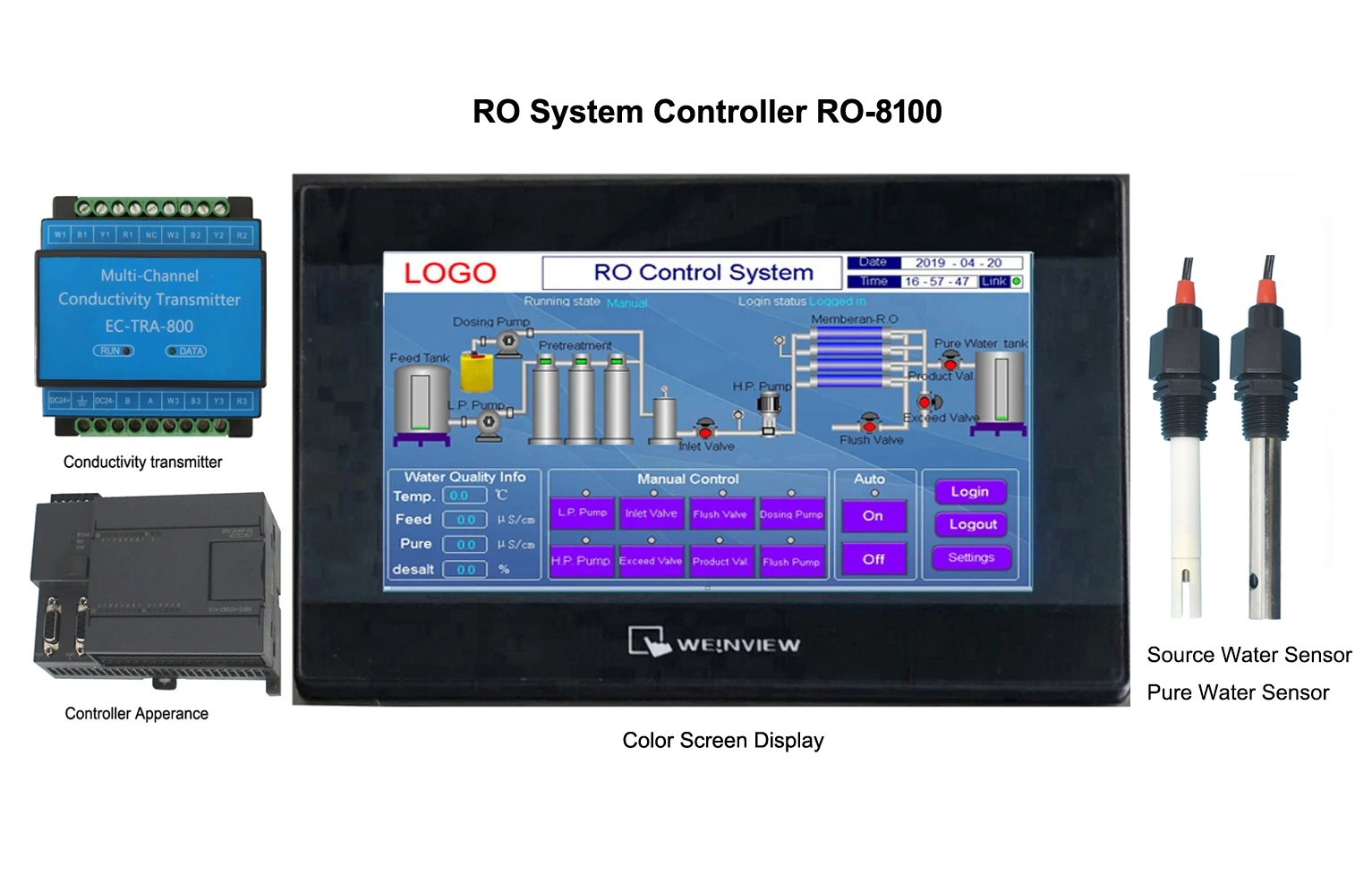
2025-05-22 16:40:50
Ro System Controller: Central nervous system in water purification systemsReverse osmosis system, as an efficient water purification technology, has been widely used in industrial, commercial, and household fields.
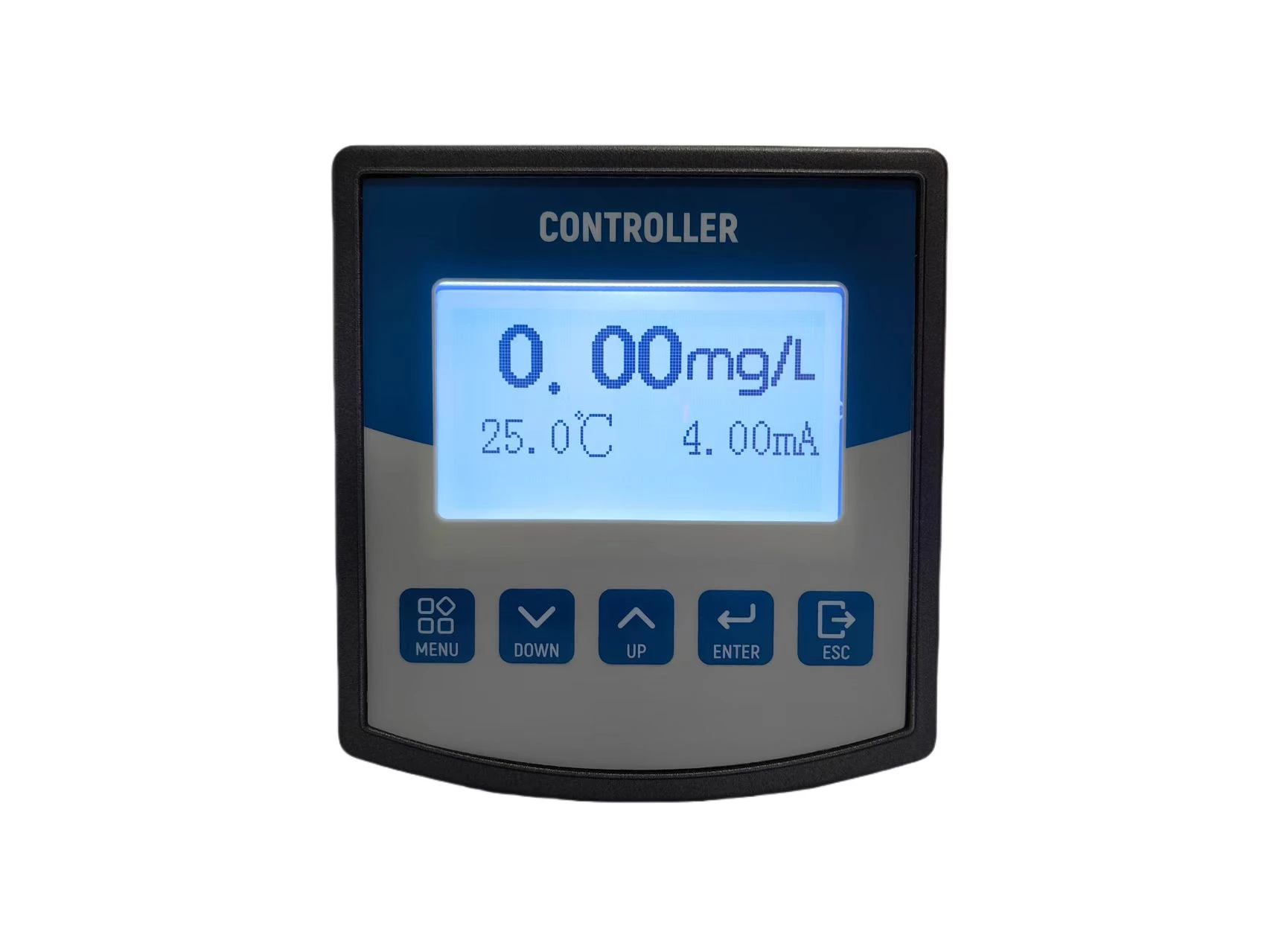
2025-05-22 16:37:43
Residual Chlorine Meter: A Key Guarantee for Ensuring Water Quality SafetyResidual chlorine, as an important indicator in the process of water disinfection, directly affects the safety and hygiene of drinking water and various industrial water.
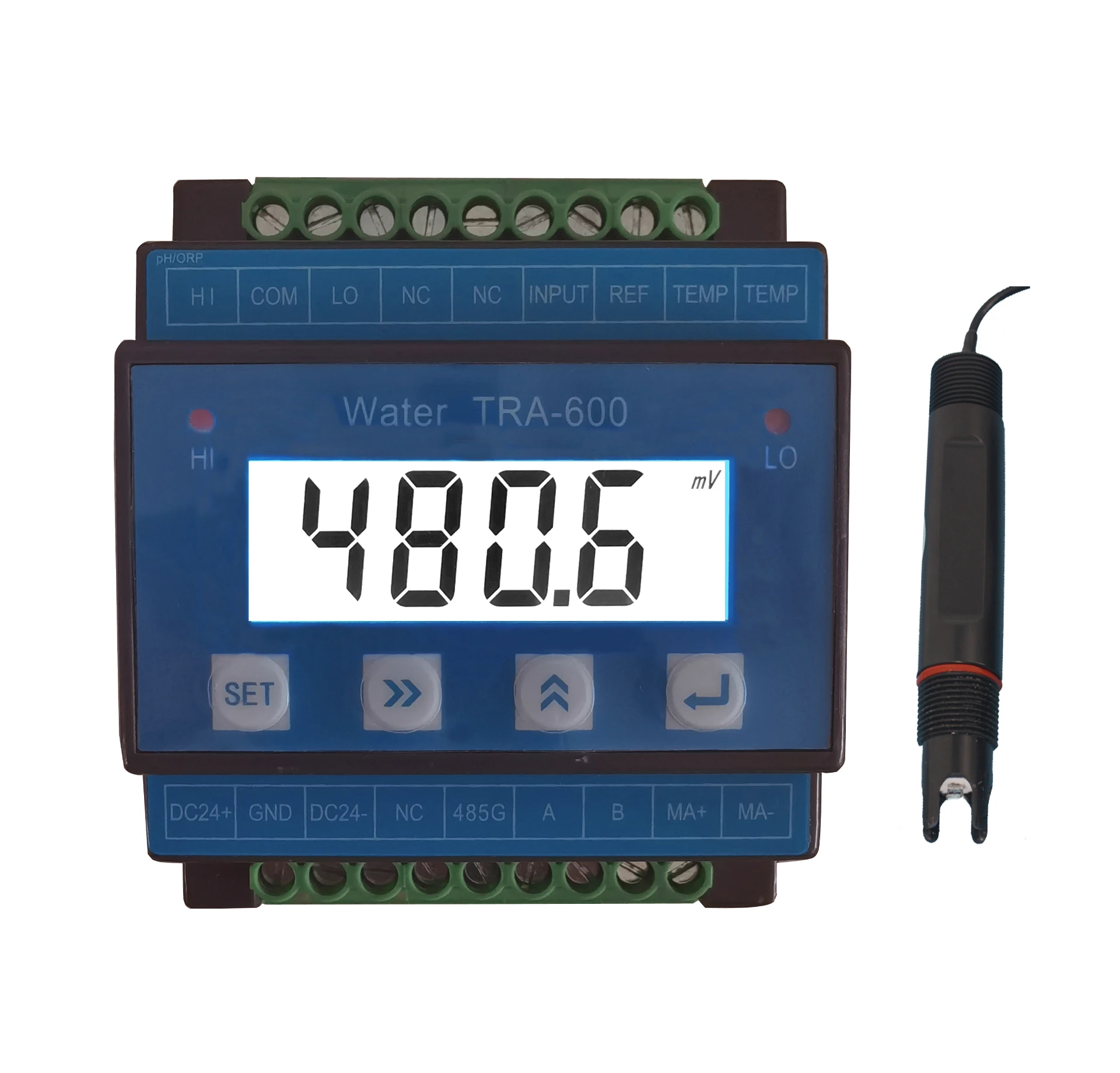
2025-05-22 16:34:43
PH oORP Controller: A Key Instrument for Water Quality Monitoring and RegulationWater quality is an important indicator for measuring environmental health and industrial production.
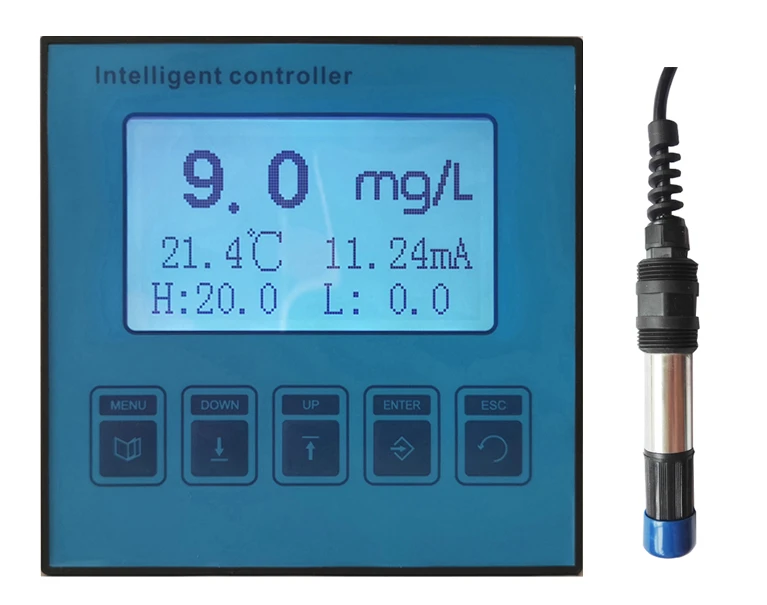
2025-05-22 16:31:55
Dissolved Oxygen Meter: A Key Tool for Accurately Measuring Dissolved Oxygen Levels in Aquatic EnvironmentsDissolved oxygen is one of the important indicators for measuring water quality.
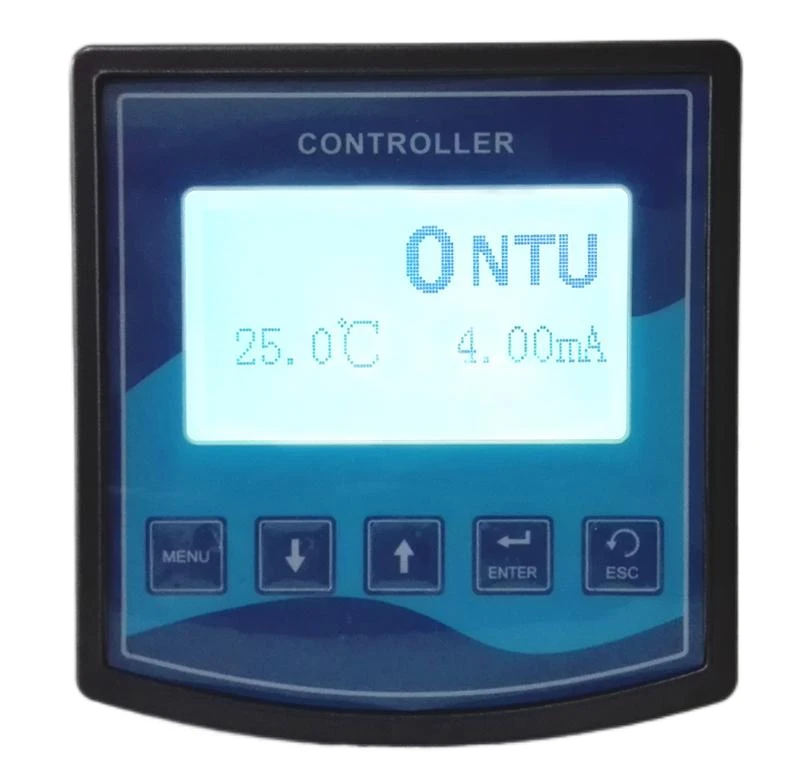
2025-04-21 18:03:53
Understanding Turbidity Meter Types: Which One Is Right for Your Application?Monitoring turbidity—an indicator of water clarity—is vital for applications ranging from drinking water treatment to environmental monitoring.
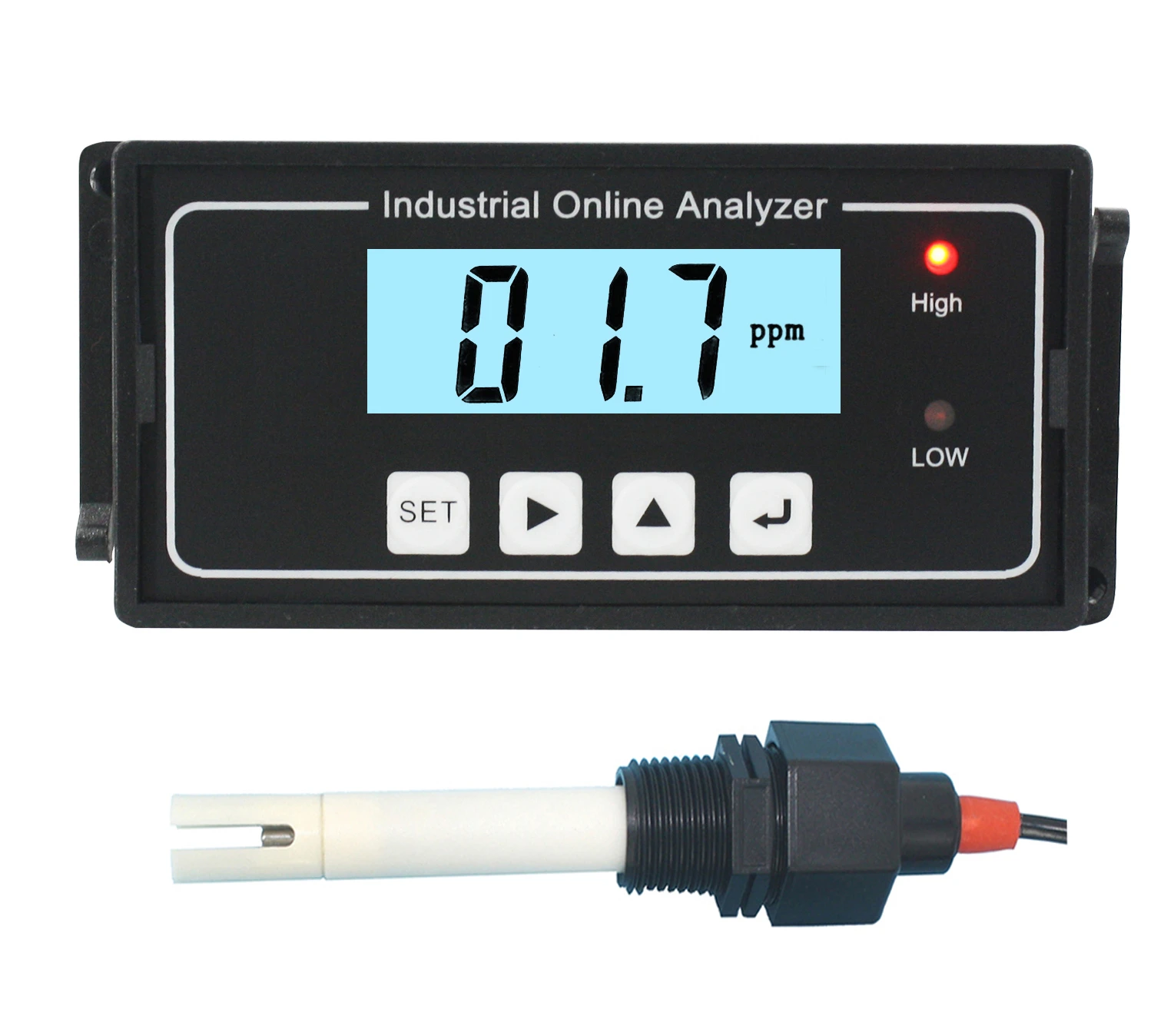
2025-04-21 18:01:21
Understanding Total Dissolved SolidsWater may look clear, but that doesn’t mean it's pure. Hidden within every glass can be a range of minerals, salts, metals, and organic substances collectively known as total dissolved solids.






